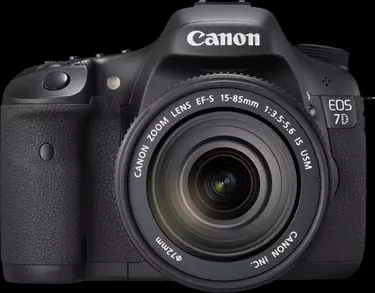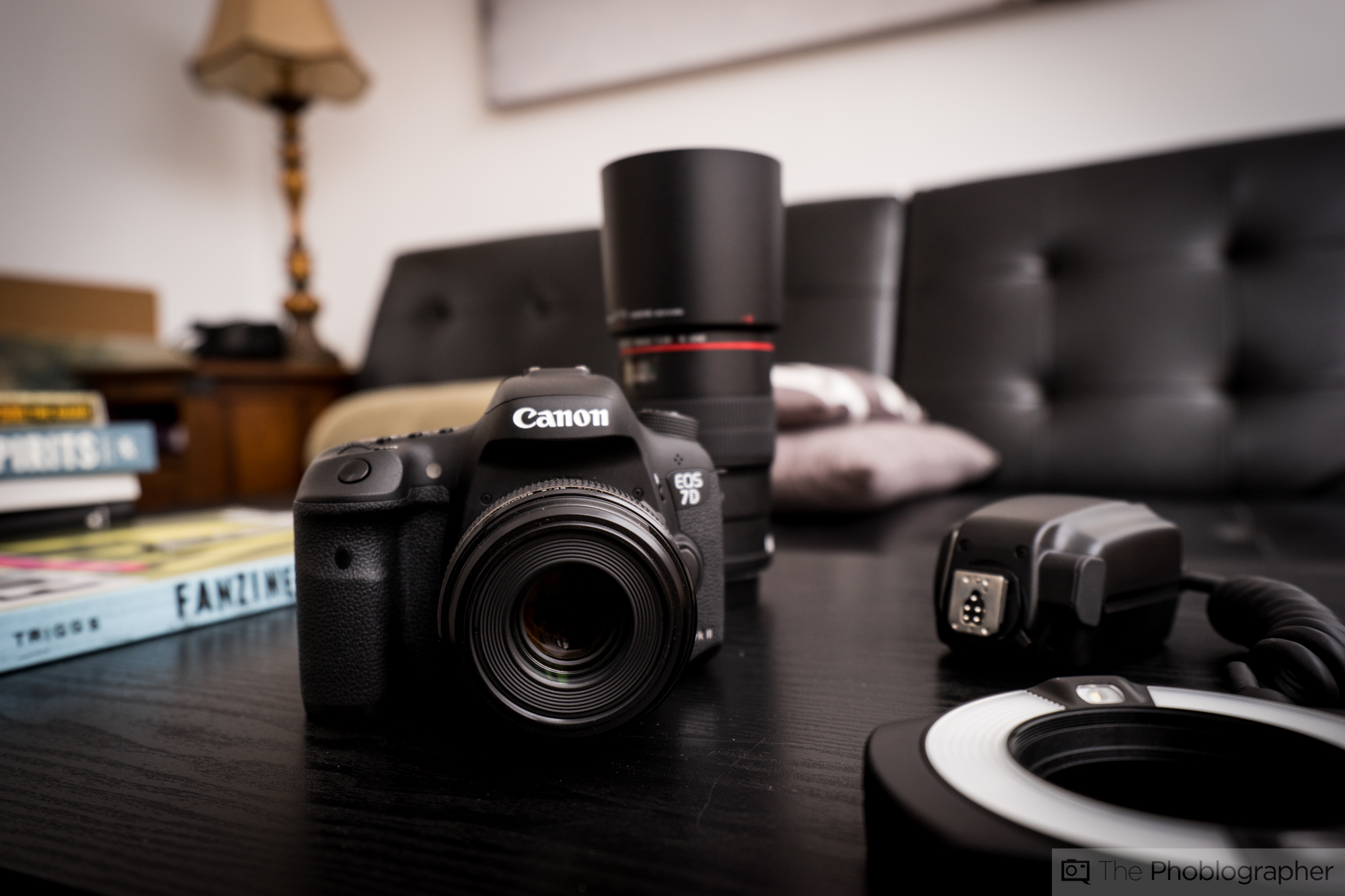
We particularly like the transmissive LCD used for a clever heads-up-display for framing and AF point selection indication, and it provides a comprehensive level of shooting data that helps make this finder a joy.Ī 22mm eyepoint makes using the finder excellent when wearing spectacles, but only just, as the bottom extremes of the data information are only just visible. One of the best things about the 7D is its new, clear and bright viewfinder the 7D is the first EOS offering a 100% field of view finder, at 1.0x magnification and it's probably the best APS-C DSLR viewfinder we've come across.

The latter is relatively fast, as you'd expect, but the other two settings are slower and of course when shooting in Live View, you have to factor in the time needed to get the mirror up and out of the way then back again and between each exposure.

One caveat to the AF speed is when shooting in Live View, which has three focus modes of Live mode, Face AF Live mode and Quick mode. The 7D’s AF makes use of the camera's accelerometers, which also provide data for the camera's rather natty built-in electronic spirit level system. You can fully customise the AF set-up the AF points used for both camera orientations as well as the AF mode used can be changed or tweaked to how you want them you can also build-in specific AF tweaks for specific lenses if required.

Still, the only camera to compete with it in terms of speed is the 10fps professional-level EOS 1D Mark III. This is key when shooting RAW the buffer starts to bulge at 15-images but the camera's all new image engine, dual DIGIC 4 image processors, means that while the frame rate does drop as the buffers fills, it'll continue to shoot at around 3fps as the camera gulps down the huge, (up to) 30MB gobbets of RAW image data. Though to get that speed and buffer power, you'll need to use UDMA CF Type I/II storage. However, given the camera is shooting at a class leading 18-megapixels at 8fps - for up to 126 JPEGs - that's not bad. However, slightly more challenging were subjects moving directly at the camera, which were less well handled. Headline changes are impressive, a new APS-C sized, 18MP CMOS sensor and 19 zone (all cross type) AF setup, which sports its own processor making AF accurate and blisteringly fast, particularly when tracking fast moving subjects.Ĩfps sequence shooting is very good indeed, the AF tracking across the frame proving no problem.
#NEW CANON 7D REVIEW PROFESSIONAL#
It is also a camera designed to help Canon pull back market share that competitors have been nibbling away at over recent months, to provide a professional level of control and performance within a body priced at the semi-professional level. However, the 7D is a quite radical departure for the EOS marque, one designed to slot between the 50D and 5D Mark II and a not insignificant price tag of just shy of £1700 may need some justifying for many tempted by its treats.

The pentaprism housing hosts a useful pop-up flash unit and it is this that starts to mark the 7D out as being a little different from recent EOS models, such as the 5D Mark II, to which it is closely allied. (Pocket-lint) - The new EOS 7D is a fully redesigned EOS with high performance in mind so the new, extremely well-specified, EOS marks a step change for Canon's EOS models featuring an 18MP APS-C sized sensor and HD video to name two of the key features.Īt first glance the EOS 7D seems to be like many other Canon EOS DSLRs with the familiar, slightly swooping top plate design and deeply recessed handgrip.


 0 kommentar(er)
0 kommentar(er)
